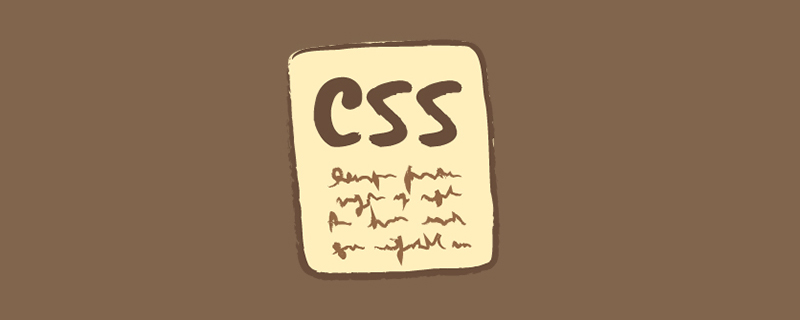Home >Web Front-end >CSS Tutorial >How to use CSS to achieve image carousel effect? (code example)
This article will introduce to you how to achieve the image carousel effect with CSS. It has certain reference value. Friends in need can refer to it. I hope it will be helpful to everyone.

[Recommended tutorial: CSS video tutorial]
Theoretical basis
CSS3 Animation properties and @keyframes rules
Main idea
Prepare multiple images of the same size
Arrange the pictures to be displayed horizontally in a picture container
Add a display container outside the picture container, and the size of the display container is the size of the picture
Add custom animation to the image container and set incremental offset values at different stages of the animation
Notes
The animation effect is divided into two parts: switching and staying.
The custom animation stage is related to the number of pictures
The offset value of each stage of the animation is related to the picture Size related
There is no switching effect from the last picture to the first picture in the example in this article. One idea is to switch from the last picture to the first picture one by one
HTML
<div id="container">
<div id="photo">
<img src="1.png" />
<img src="2.png" />
<img src="3.png" />
</div>
</div>Analysis:
Three img elements are created here. Outside the img element is a picture container, and outside the picture container is a display container.
CSS
#container {
width: 400px;
height: 300px;
overflow: hidden;
}
#photo {
width: 1200px;
animation: switch 5s ease-out infinite;
}
#photo > img {
float: left;
width: 400px;
height: 300px;
}
@keyframes switch {
0%, 25% {
margin-left: 0;
}
35%, 60% {
margin-left: -400px;
}
70%, 100% {
margin-left: -800px;
}
}Analysis:
Running Effect

For more programming-related knowledge, please visit: Programming Video! !
The above is the detailed content of How to use CSS to achieve image carousel effect? (code example). For more information, please follow other related articles on the PHP Chinese website!